
Sustainability Preserving Ecosystems & Cultures

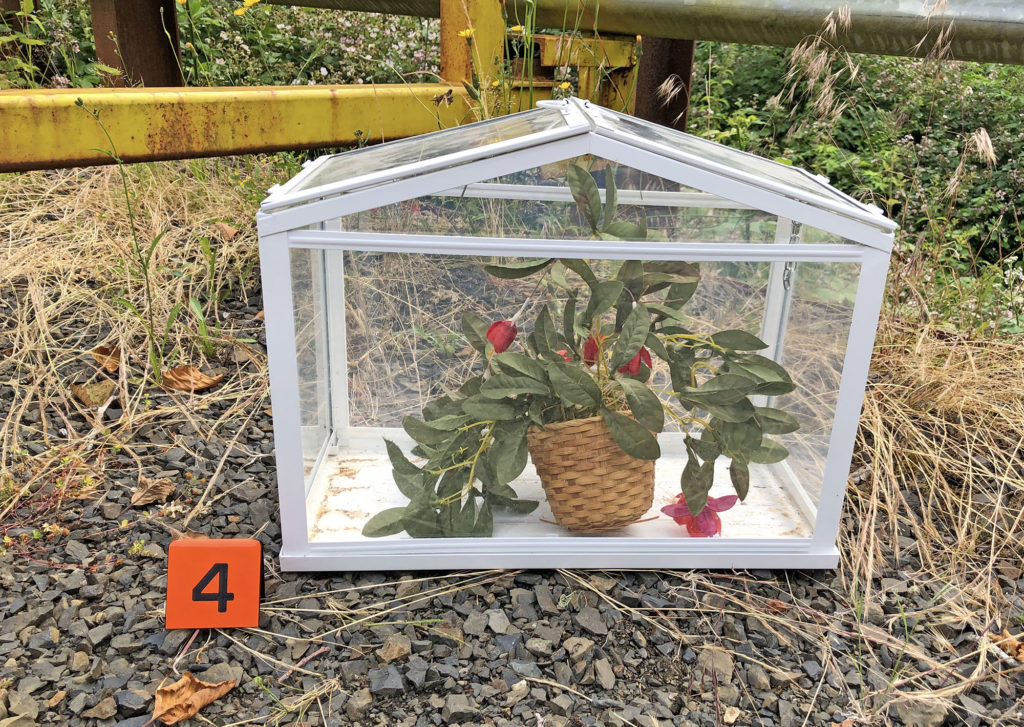
Sustainability Outcomes
-
Define sustainability in reference to humans and the environment and provide examples of three principles of sustainability that are derived from nature.
-
List various types of resources and the role of a resource manager.
-
Describe the challenges of addressing human impacts on climate.
Sustainability generally refers to a species’ ability to survive and adapt over time.
For our species, sustainability has two components: preserving Earth’s natural systems that we are dependent on and preserving our diverse cultures.
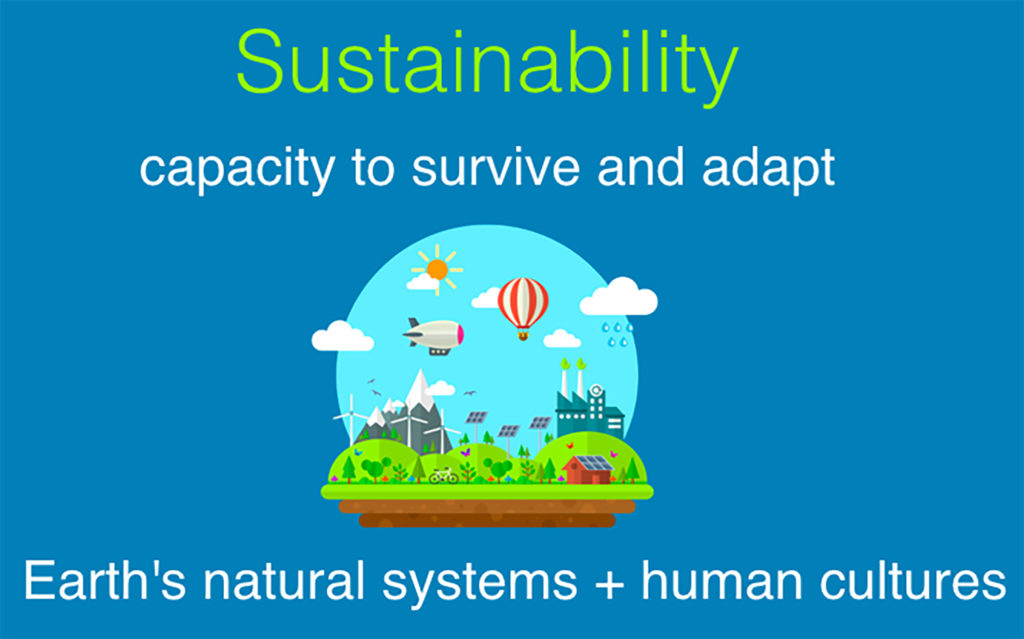
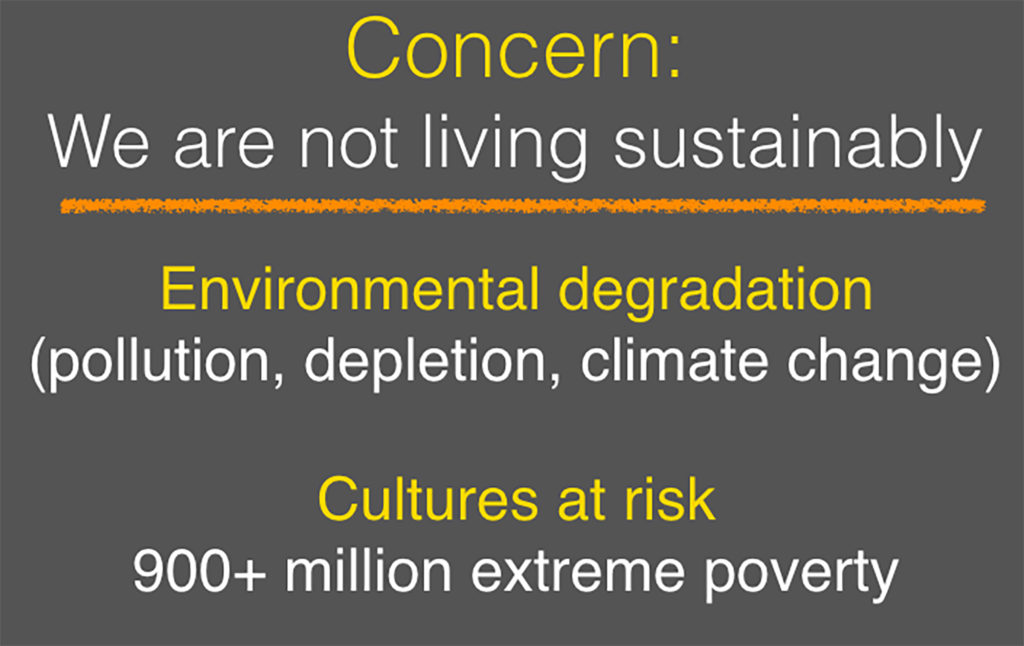
Focus is on how to reduce environmental degradation and support cultures that may not survive due to limited resources.
One way to research sustainability is to study species and ecosystems that have survived over long periods of time.
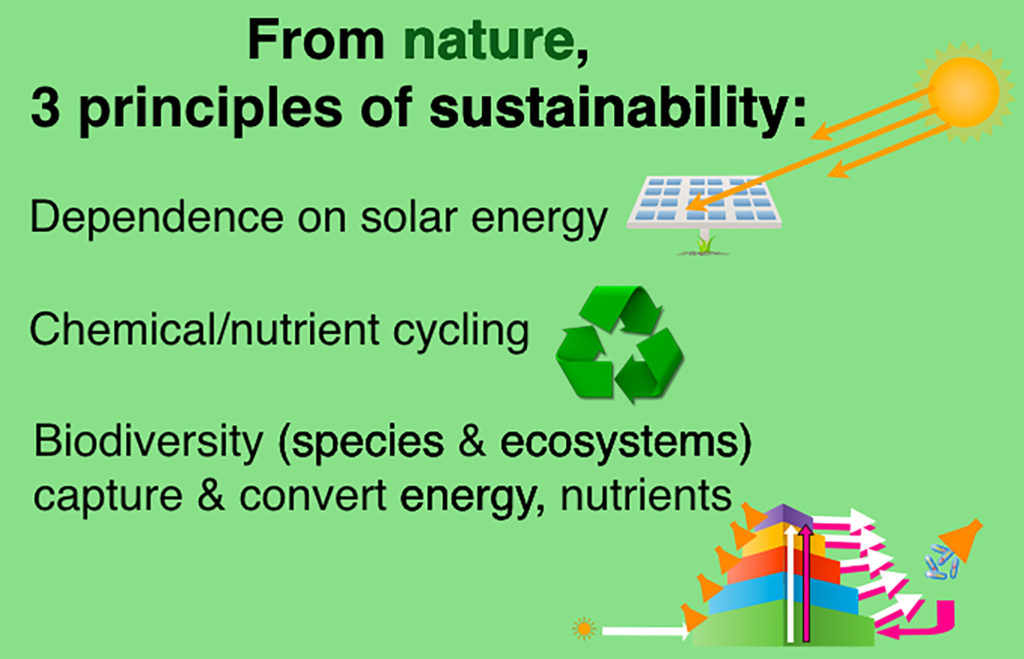
The three general principles that have emerged from research of sustained species and systems are:
- utilizing solar energy, a perpetual resource.
- recycling nutrients over and over.
- varied organisms and environmental characteristics enabling different ways to utilize energy and nutrients.
From the class so far, nutrients cycle through food webs, but energy is lost as ___.
Managing resources and the environments they are found within is a complex task.

Non-renewable resources can have significant environmental costs but are currently critical in food production and powering economies.
Renewable resources can become contaminated to the point where they are unusable, or require great expense to utilize.


Perpetual resources have potential to reduce some of the damage associated with non-renewable resources, but can be more suited for some uses and locations than others.
Intact ecosystems, communities of organisms and their environment, can also have significant value.


Resource managers attempt to make decisions on resource allocation for current and future use.
In addition to understanding the science underlying organisms and environments, resource managers need to be fluent in other disciplines as well.

Resource management is challenging. Not only are you balancing multiple needs, even just addressing a single need can be difficult. An example is maintaining ecotones, transitional habitats between larger ecosystems. Many plants and animals use these areas between habitats to forage for food and raise their young. A land manager has to consider not only the forest and the meadow, but also the amount and quality of the ecotone between them.
Humans and Climate Change
One of the most significant environmental issue we currently face is a changing global climate. The other is adequately feeding and providing medical care for our increasing human population. Unfortunately, the two are linked together. Drought is threatening crop yields and infectious diseases are spreading with mosquitoes moving to warming habitats.
This is the ultimate sustainability challenge: trying to preserve Earth’s natural systems that we are dependent on and preserve our diverse cultures at the same time.
Before we talk about how Earth’s climate is generated, it is important to distinguish between weather and climate.
The Greenhouse Effect

Specific weather can be difficult to predict more than a week in advance, and that gives an indication of how challenging it is to create long-term climate models.
Instead of specifically predicting a day’s temperature or a week’s precipitation, climate models plot anticipated trends based on accumulated weather events over time.
Our climate is created by atmospheric gases that retain heat. From the figure, what are some of these gases?
Too high of a concentration of greenhouse gases leads towards an atmosphere more like Venus (hot); too low of a concentration is more like Mars (cold).
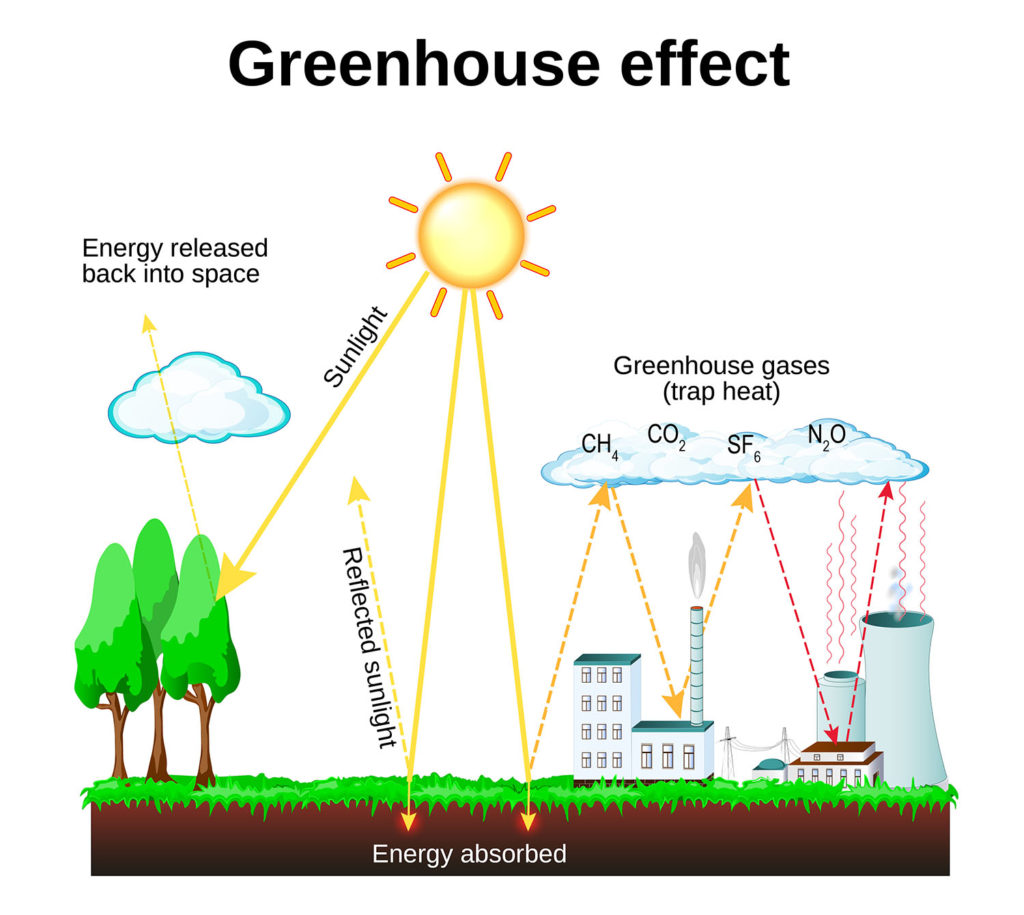
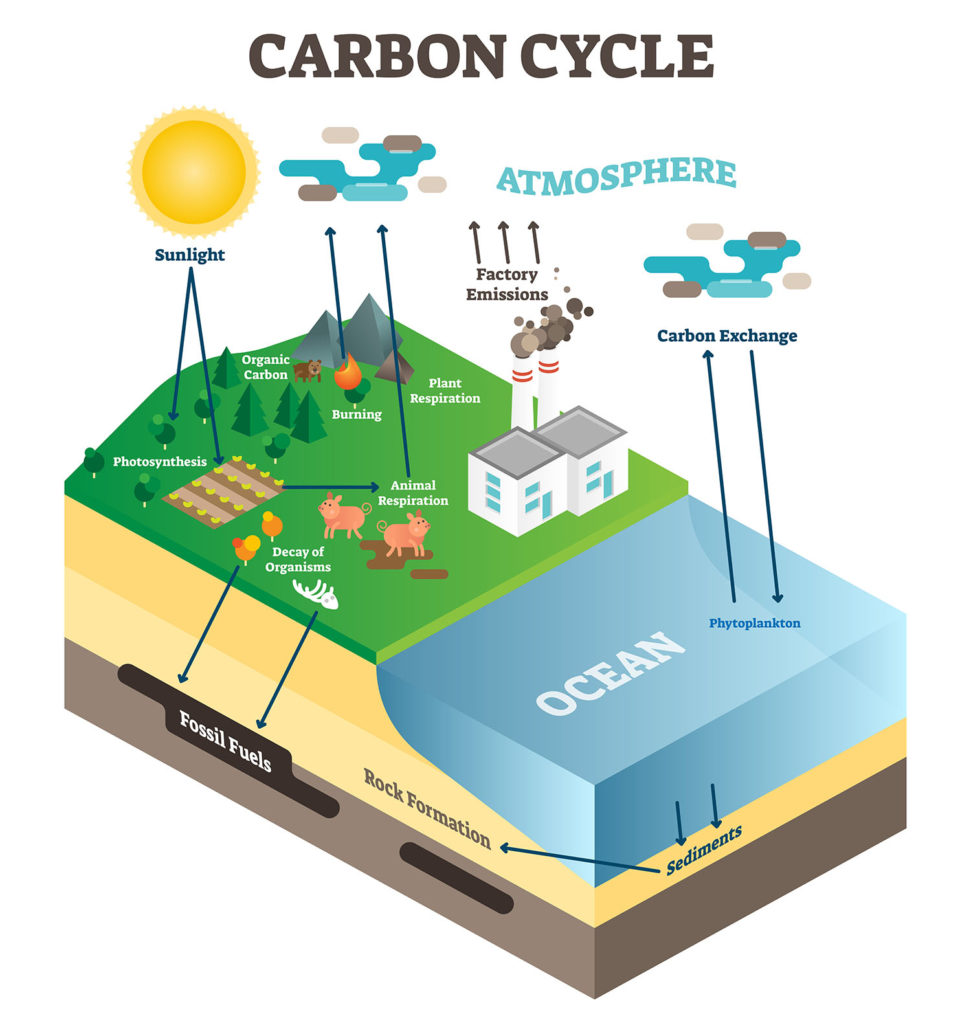
Natural processes like volcanoes and wildfires release greenhouse gases into the atmosphere. Add on top of that a steady input of greenhouse gases from human activities, particularly the use of fossil fuels.
Oil, coal, and gas are the compressed remains of massive numbers of small organisms that were not fully decomposed. Burning these fuels releases energy, analogous to the heat released from a compost pile. Not only heat is released, greenhouse gases, including carbon dioxide are also released.
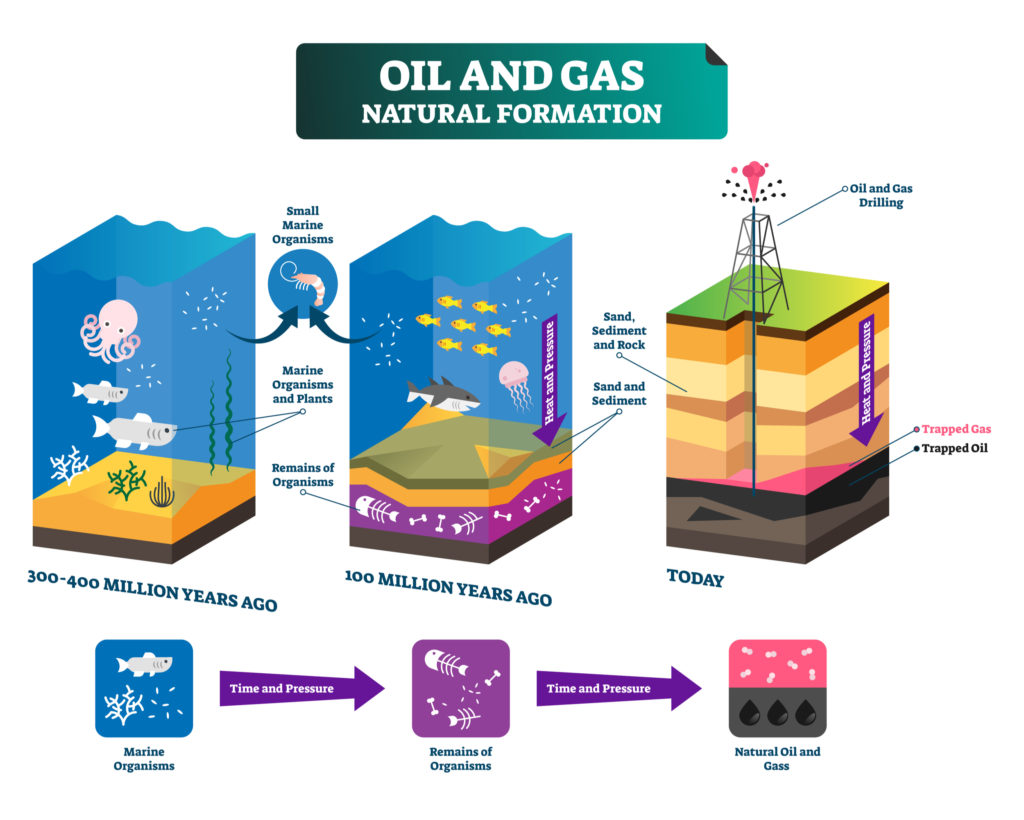

And here lies the problem. We rely heavily on fossil fuels to support our economies, including the production and distribution of food. Alternative energy sources are coming, but the environmental impact appears to already be severe and increasing. Add on to this the shattering effect COVID-19 is having on our global economy.
This photo is of Miami that is facing challenges associated with sea level rise as well as incoming tropical mosquito species carrying viral diseases.
This is an enormous problem that all generations are now having to deal with. We are all going to need to understand more about sustainability and resource management in the years to come.
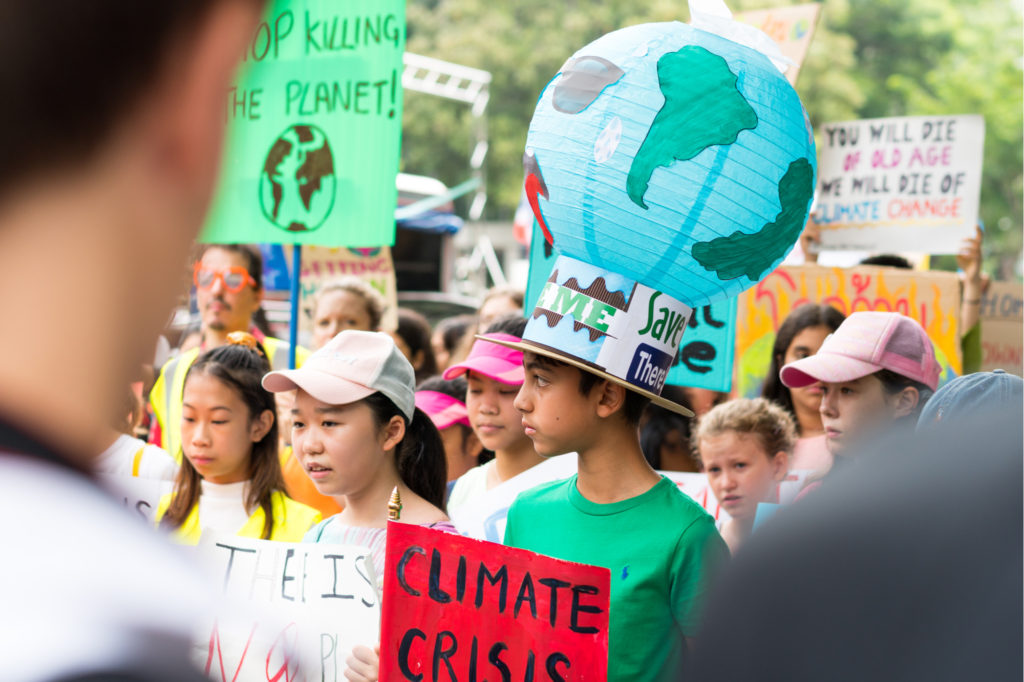
If you are interested in studying climate data, NOAA.gov is a good place to start because many data sets are available as well as research papers and summary documents.
This is the end of Guide 4A. Check your knowledge and move to the product page.

Check your knowledge. Can you:
-
define sustainability in reference to humans and the environment, and provide examples of three principles of sustainability that are derived from nature?
-
list various types of resources and the role of a resource manager?
-
describe the challenges of addressing human impacts on climate?



